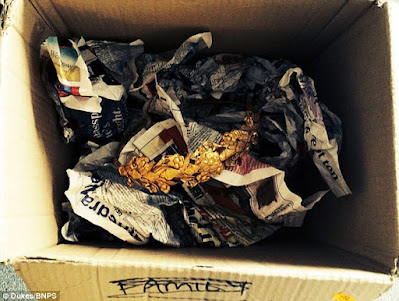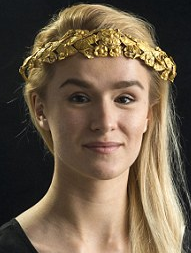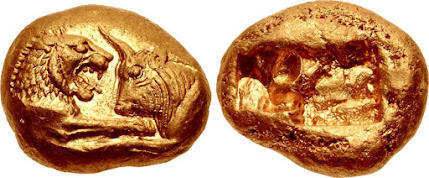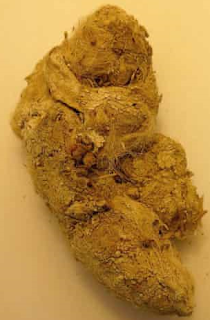The Iron Age fortified hilltop site of Hasanlu Tepe in northwest Iran was sacked around 800 B.C. Hasanlu developed into a significant commercial and production center during the early Iron Age (1400–800 B.C.), owing to its location on important trade routes between Mesopotamia and Anatolia.
 | In 1958 archaeologists were exploring the complex at Teppe Hasanlu near the city of Naghadeh in the northwestern province of West Azarbaijan. They came across a layer of an Iron Age city that had been frozen in time - a ‘burn layer’ containing remains preserved in ash and rubble. The Gold Bowl of Hasanlu was discovered not far from a skeletal hand who was likely the last to touch it almost 3000 years ago.
Evidence suggests when the citadel of Hasanlu was under siege some soldiers penetrated into the citadel grabbing a handful of valuable treasures, including the gold bowl. The theory suggests that the whole building collapsed, crushing the looters and their possessions under layers of debris. And here they remained for thousands of years. | |

The Gold Bowl weighs more than two pounds and bears remarkable repoussé and chase decorations. |  |

Different kinds of weapons, including daggers or swords, bow and arrow are depicted in various scenes in the lower and middle registers of the Hasanlu bowl.





























